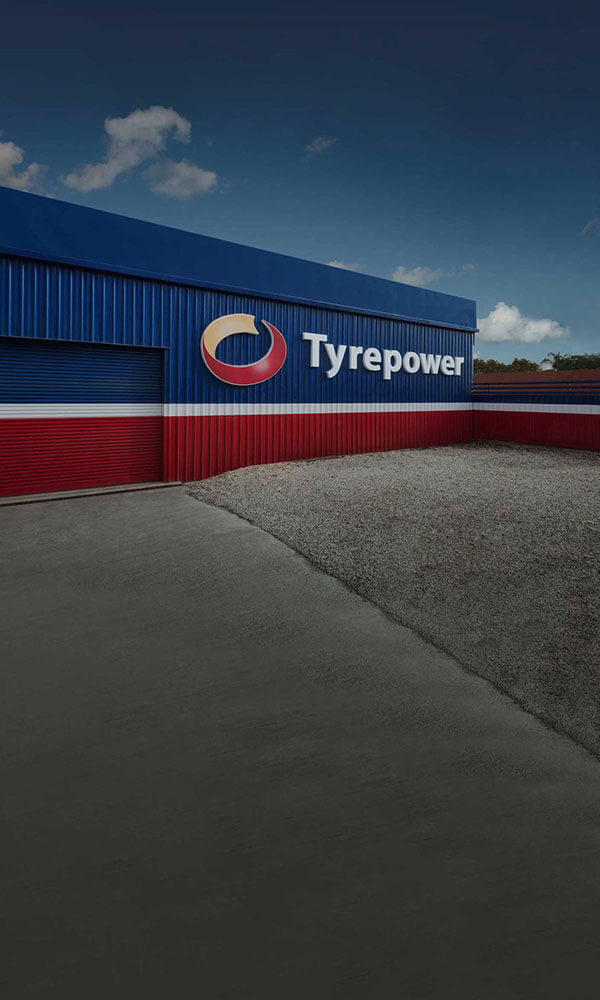A Look Into the History and Future of Your Tyres
We live in exciting times. Yesterday's concepts are now becoming a reality when it comes to mobility! From autonomous cars to alternative powered vehicles like the electric car. Technology in tyres is as fast moving as the car industry itself. Safer, longer lasting and sustainability are just a few things tyre manufacturers are reaching for from investing R&D resources in refining air-filled tires or emerging enterprises from trying to "remake the wheel". Has the pneumatic tyre took its last breath? In this feature, we'll look at advancements to this 100-year-old tech as well as new and ground-breaking concepts. The power of technology is now at all four corners of your car!
The Pneumatic Tyre
The history of the pneumatic tyre is somewhat a shared invention. Michelin, Goodyear and Dunlop, at the time were all in the race to create the first pneumatic tyre. It was Charles Goodyear in 1844 that came up with the right compound material needed to make the tyres. The process known as Vulcanization, made rubber more durable in the cold harsh weather of a European winter. The first pneumatic tyre however was built and patented in 1845 but it was too costly and would not catch on. In 1888 John Dunlop constructed the first pneumatic tyre for the consumer market. However, it was first intended for bicycles and thus left the door wide open, in step Andre Michelin and his brother Edouard who were the first to use a pneumatic tyre on an automobile successfully.
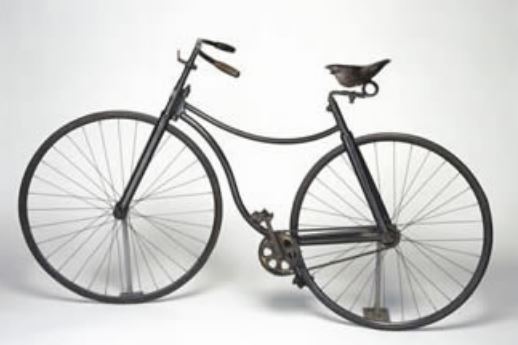
Since then, just about every single vehicle to roll off the production line is equipped with his designs. With well over 100 years of R&D we won't be seeing the pneumatic tyre fade in the face of new technology. Cords, beads and wires, all encased in rubber and filled with compressed air. It has been hard to think of new ideas in tyre construction that could rival the comfort and safety of the traditional air tyre.
Pneumatic tyres are being manufactured in over 400 factories around the world and produce around 1 billion units each year! Your typical tyre consists of various chemicals, rubber and carbon black. The tyre is constructed in a mould before being cured under heat and pressure. This heat creates a polymerization reaction to the link rubber monomers and create long elastic molecules. The result is an elastic type effect, where the tyre can compress under pressure of the vehicle and bounce back to shape, with some variations. In early tyre designs, the tread would be pushed in on one side during a turn so the opposing side would need to compensate for the added force. This was the birth of the Radial Tyre. Originally designed by Arthur W. Savage in 1915, Michelin brought the designs to the consumer in 1946. Michelin owned the leading automobile maker Citroen, so it was quickly able to introduce new designs on its cars as they were released to the public.
The future is not just full of air
Let's take a look into the future! It's hard not to believe we live in a digital world and new technology is making its way into tyres. Pirelli have been testing their "digital tyres" on Ferrari's FXX K supercar to collect data about coefficient of friction, footprint and pavement grade, this data is then communicated to the cars on-board ECU and traction control systems to optimise power delivery. Now, you are probably thinking yeah, that's all well and good but that technology will never be in my Ford or Holden. It's really not the case. Think of how many now-common automotive technologies have started in motorsport or tested on supercars that have made their way down the line to consumer road vehicles.
Michelin is currently designing tyres that get safer with age. As your tyre wears, the grooves, which eject water build-up during aquaplaning open up instead of getting shallower as the tyres age. Michelin have design teardrop like groove that get safer as the tyre wears down.
Self-inflating tyres have been used in the military and heavy machinery for some time now and are making their way into the consumer markets. The tyres use sensors that detect pressure levels in each tyre. If the pressure is too low, an air source inflates the tyre; if it's too high, a pressure relief valve allows for deflation.
A simple yet effective way of understanding when your tyres need replacing is the "Discolor Tyre". The tyre is made up of two different coloured rubbers. Your typical black rubber coats a more distinctive orange rubber which is at a minimum legal level. As the tyre wears, the orange rubber is exposed and is a warning for the operator to replace the tyre. It's pretty simple and can have a huge effect on the driver and their decision into not purchasing new tyres. You don't want to be that person driving around with orange tyres! This solution will almost certainly be put into law in the not too distant future.
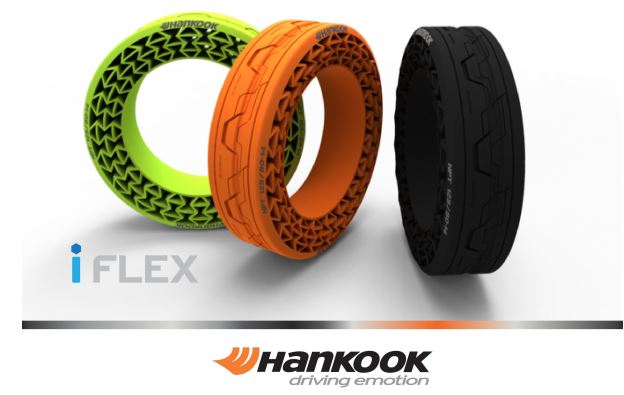
Airless tyres are another consideration when buying tyres in the future. How good does it sound to be done with the dreaded highway tyre change? Michelin first explored this design back in 2005 with its "Tweel" designs. This solid hub with flexible polyurethane spokes were coated in an outer rubber layer. The tyre is much better on the environment with minimal wastage. Since 2011 Hankook have been working on geometric shapes that mimic the mouldable benefits of the standard inflated tyre. Although not quite ready for the consumer market, manufactures are gaining considerable ground when testing for durability, hardness, stability, slalom and speed. The latter being the only downfall as these designs tend to create much greater vibrations under high speeds. Hankook has recently come out and said it has achieved much better results at high speed with its new 5th generation iFlex tyres.
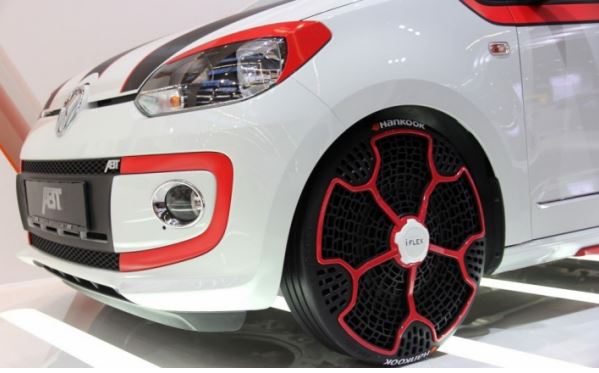
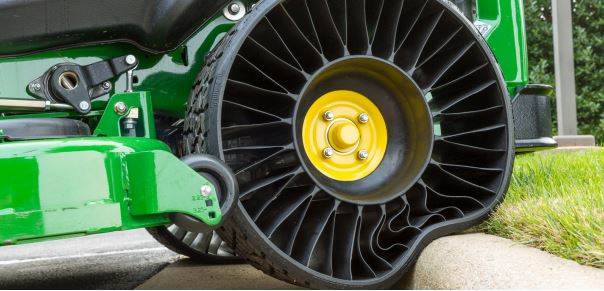
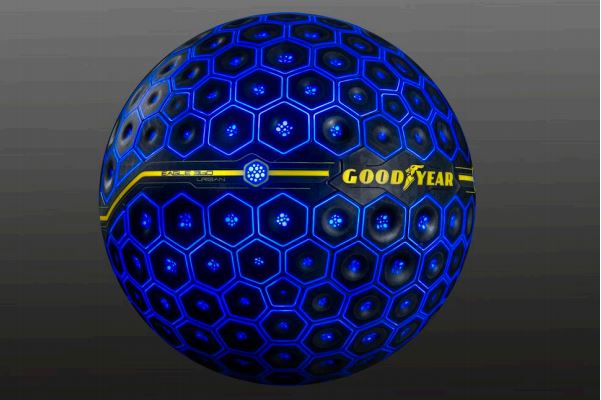
And then there is Goodyear's Eagle 360 Urban. A sphere, unveiled at the Geneva Motor Show in 2017, Goodyear's concept design tyre certainly turned a few heads. Designed with the autonomous car in mind, the tyre can detect everything from the quality of the road surface to water & wet surfaces and can expand and contract accordingly. They work using magnetic levitation and this opens up a huge range of benefits including the parallel park. The Goodyear Eagle-360 Urban enables the car to move from left to right without the need to move forward or back. It's certainly an exciting look into the future of tyres!
Kogarah Tyerpower ensures the latest in tyre technologies. Come in and see us today for all the latest tyres from the leading brands like Pirelli, Goodyear and Michelin.
Call today on (02) 9587 3366.

